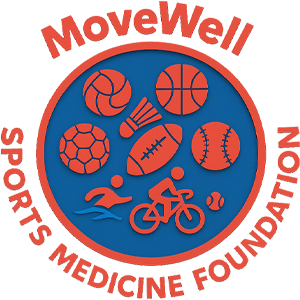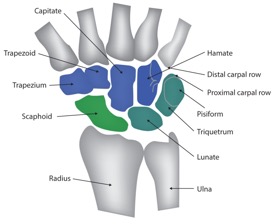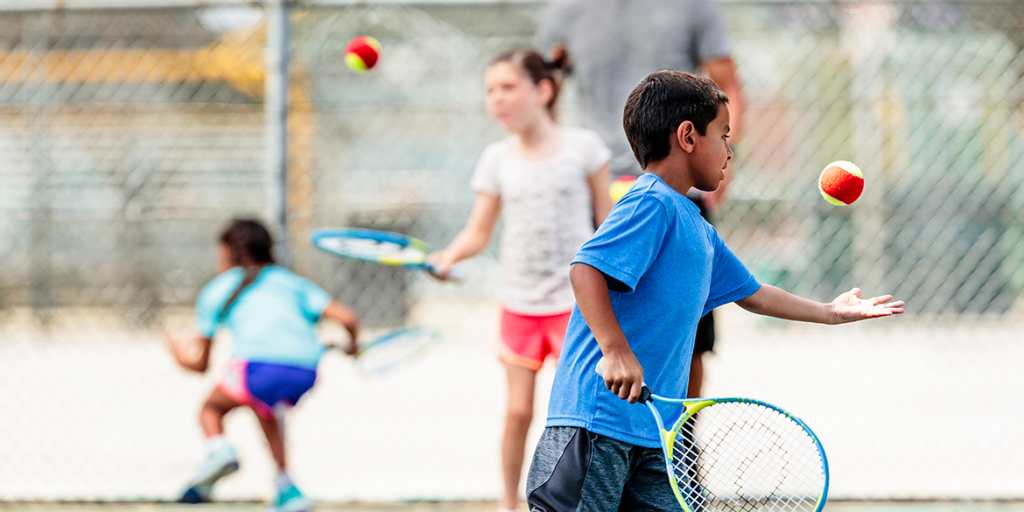Youth tennis players are prone to certain injuries over the course of long-term training and competition, mainly due to the specific movements in tennis, such as quick sprints, swinging, rotation, and jumping. Below are the common injury sites and prevention recommendations:
1. Shoulder
Common Injuries: Rotator cuff injuries, shoulder strain, tendinitis
Causes: High-intensity serving and repeated strokes place heavy load on shoulder muscles
Prevention:
Warm up shoulder muscles (rotator cuff, deltoid, pectoralis minor)
Strengthen shoulder stability (dumbbell external rotation, resistance band exercises)
Control training volume to avoid overuse
Focus on proper stroke technique to reduce shoulder stress
2. Elbow
Common Injuries: Tennis elbow, lateral epicondylitis
Causes: Repetitive racket use strains forearm muscles and tendons
Prevention:
Strengthen forearm muscles (grip exercises, resistance band training)
Adjust grip and string tension on the racket
Avoid excessive backhand practice
3. Wrist
Common Injuries: Wrist sprains, tendonitis
Prevention:
Warm up wrist and forearm muscles
Use wrist supports or properly sized grips
Maintain correct stroke technique, avoid excessive wrist force
4. Knee
Common Injuries: Patellar tendinitis, meniscus injury
Prevention:
Strengthen thigh muscles (quadriceps, hamstrings)
Improve core strength and knee stability
Wear proper shoes and pay attention to court conditions
Control training volume to avoid overuse
5. Ankle
Common Injuries: Ankle sprains, ligament strains
Prevention:
Improve ankle stability (balance board, single-leg exercises)
Warm up ankle and calf muscles
Wear ankle supports or shoes with good support
6. Scientific Nutrition
Role: Proper nutrition strengthens muscles, ligaments, and bones, aids recovery, and reduces injury risk
Recommendations:
Protein: eggs, fish, lean meat, beans — promotes muscle repair
Carbohydrates: whole grains, oats, rice — provides energy for training
Healthy fats: nuts, olive oil, fish oil — supports joint health
Calcium & Vitamin D: milk, cheese, fish, sunlight — strengthens bones
Hydration: drink water before, during, and after exercise to prevent dehydration
Antioxidants: fruits and vegetables — help reduce exercise-induced oxidative stress
General Recommendations
Warm up and stretch dynamically (shoulders, elbows, wrists, knees, ankles)
Progress training gradually, increasing volume and intensity step by step
Strength and stability training for core, shoulders, knees, and ankles
Use proper technique for strokes and movement
Rest and recover: address pain promptly with rest, ice, or medical attention
Maintain a balanced diet with adequate protein and minerals




